
QNX is a commercial Unix-like real-time operating system, aimed primarily at the embedded systems market.

Microsoft Outlook is a personal information manager software system from Microsoft, available as a part of the Microsoft 365 software suites. Though primarily being popular as an email client for businesses, Outlook also includes functions such as calendaring, task managing, contact managing, note-taking, journal logging, web browsing, and RSS news aggregation.
Windows Embedded Compact, formerly Windows Embedded CE, Windows Powered and Windows CE, is a discontinued operating system family developed by Microsoft as part of its Windows Embedded family of products.
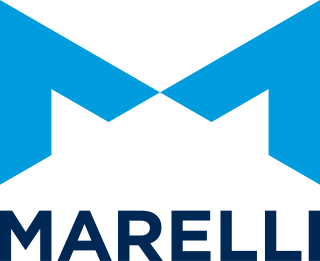
Marelli Europe S.p.A. is a European subsidiary of Marelli Holdings which develop and manufactures the components for the automotive industry. The firm is headquartered in Corbetta, Italy, and includes 86 manufacturing plants, 12 R&D centres, and 26 application centers in 19 countries, with 43,000 employees and a turnover of 7.9 billion euro in 2016.
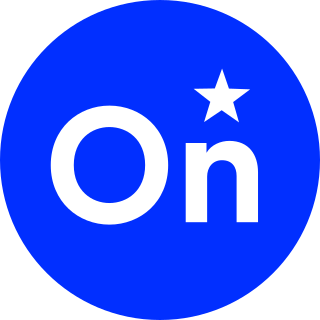
OnStar Corporation is a subsidiary of General Motors that provides subscription-based communications, in-vehicle security, emergency services, turn-by-turn navigation, and remote diagnostics systems throughout the United States, Canada, China, Mexico, Europe, Brazil, Colombia, Argentina and the Gulf Cooperation Council countries.

Windows Mobile was a family of mobile operating systems developed by Microsoft for smartphones and personal digital assistants.

Nokia PC Suite is a discontinued software package used to establish an interface between Nokia mobile devices and computers that run the Microsoft Windows operating system. Its first release was in 1997, originally called Nokia Data Suite. It was replaced by Nokia Suite and integrated into the Ovi service suite.

Blue&Me is an integrated in-vehicle infotainment system used worldwide on many vehicles marketed by Fiat Chrysler Automobiles (FCA) from model years 2006–2017. With the exception of the Ford Ka, which is a lightly modified Fiat 500, the system is exclusive to Abarth, Alfa Romeo, Fiat and Lancia cars and to Fiat Professional's light commercial vehicles

Windows Mobile Device Center is a synchronization software program developed by Microsoft, and the successor to ActiveSync. It is designed to synchronize various content including music, video, contacts, calendar events, web browser favorites, and other files between Windows Mobile devices and the Microsoft Windows operating system.
Windows Embedded Automotive is a discontinued operating system subfamily of Windows Embedded based on Windows CE for use on computer systems in automobiles. The operating system is developed by Microsoft through the Microsoft Automotive Business Unit that formed in August 1995. The first automotive product built by Microsoft's Automotive Business Unit debuted on December 4, 1998 as the AutoPC, and also includes Ford Sync, Kia Uvo, and Blue&Me. Microsoft's Automotive Business Unit has built both the software platforms used for automotive devices as well as the devices themselves. The current focus is on the software platforms and includes two products, Microsoft Auto and Windows Automotive.

A carputer, or car-puter, is a computer with specializations to run in a car, such as compact size, low power requirement, and some customized components. The computing hardware is typically based on standard PCs or mobile devices. They normally have standard interfaces such as Bluetooth, USB, and WiFi. The first carputer was introduced by Clarion on December 4, 1998, although on-board diagnostics have been employed since the 1980s to precisely measure the amount of fuel entering the engine as the carburetors got too complex.
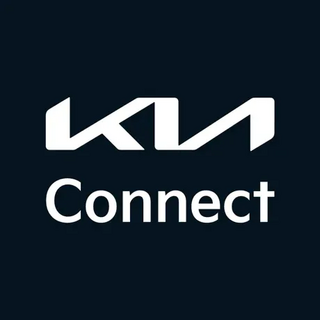
Kia Connect, formerly UVO eServices, is a paid subscription OEM infotainment and telematics service offered by Kia Motors America on select vehicles for the United States market. The system allows users to make hands-free calls on their smartphone, stream music, navigate to a POI, and perform vehicle diagnostics with the use of voice commands.

MyFord Touch is an in-car communications and entertainment system developed by the Ford Motor Company, based on Microsoft technologies. The technology was factory installed with Ford product offerings and was based on the Microsoft Auto 4.0 software platform. It was regarded as the next-generation of Ford Sync. Announced in January 2010, at the Consumer Electronics Show (CES), the technology launched with the 2011 Ford Edge. Reviews of MyFord Touch were overwhelmingly negative. A USB drive, self-installed software upgrade became available in March, 2012; this update was mailed out free-of-charge to all Ford customers, and Ford also offered free installation of the update by any Ford dealer. The update did not address continuing problems with light-touch capacitor switches that control many functions. Several updates have since been released which allowed for more natural speech recognition, simpler Bluetooth pairing, and refinement of the on-screen interface and menus.
Telenav, Inc. is a wireless location-based services corporation that provides services including Global Positioning System (GPS) satellite navigation, local search, automotive navigation solutions, mobile advertising, enterprise mobility and workflow automation. The company’s headquarters are located in Santa Clara, California in the United States with additional offices in the U.S., Germany, Japan, Romania, China, and Brazil.

Toyota Entune is an integrated multimedia navigation and telematics system for Toyota automobiles that provides satellite-based information on traffic, weather, sports scores, stocks, and fuel prices via subscription through SiriusXM. In 2023, support for Entune phone app was discontinued, and Entune features were integrated into the Toyota phone app. When connected to a compatible cellular phone running the Entune app via radio or USB cable, the system provided a browser and other apps including those from music services such as iHeartRadio, Pandora and XM Satellite Radio. The cell phone app supported iOS, Android, and Blackberry with different versions utilizing cell data. The system could be controlled with (limited) speech recognition, and optionally include the “Safety Connect” personalization system.
Hyundai Blue Link is a vehicle system that uses a mobile app from Hyundai to allow the user to retrieve information about their vehicle and perform some basic remote operations. Blue Link functionality varies based on the type of vehicle, as well as the type of cell service modem the vehicle is equipped with. In the United States, the Blue Link system debuted on the 2012 Hyundai Veloster as standard equipment, and has become an available feature on most Hyundai models sold since then. The service currently costs $99 a year and can be used for roadside service, information about the vehicle's performance, and remote start, stop, lock or unlock their Hyundai automobile.

CarPlay, or Apple CarPlay is an Apple standard that enables a car radio or head unit to be a display and controller for an iOS device. It is available on iPhone 5 and later models running iOS 7.1 or later.
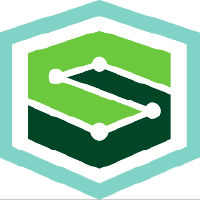
SmartDeviceLink consists of two distinct software elements: a core automotive piece which wraps in-vehicle services and integrates to the in-vehicle HMI, and a mobile proxy, which executes APIs to access and use services on the automotive head unit.
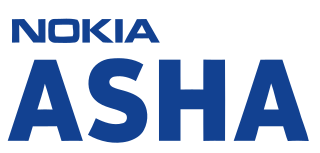
The Nokia Asha 310, also known as the Nokia Asha 3010 or the Nokia ASHA 310 RM-911, was released in March 2013. It is the first in the line of the Asha range of phones to have dual subscriber identity module (SIM) slots and Wi-Fi connectivity. It was a reinvention of the Asha range to remain competitive with new Android devices. It cost $102.00 at its launch date. It has a touchscreen, comes with either a 2 or 4 GB micro SD card, and has 64 MB of RAM, a 2 MP camera and a battery that can last up to 600 hours in standby mode. The phone can play music for up to 54 hours or video for up to 9.5 hours, and has a maximum of 17 hours talk time (2G).













